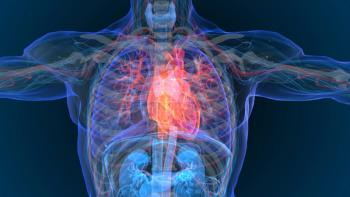
Differential Diagnosis of Pulmonary Arterial Hypertension
Panelists discuss how pulmonary arterial hypertension diagnosis requires comprehensive evaluation including right heart catheterization to confirm hemodynamic criteria, with normal mean PA pressure being ≤20 mmHg and the need to rule out other causes of pulmonary hypertension.
Episodes in this series

Diagnostic Criteria and Disease Classification
Pulmonary arterial hypertension diagnosis requires comprehensive evaluation to distinguish it from other forms of pulmonary hypertension, as PAH represents a rare subset of the broader pulmonary hypertension spectrum. The definitive diagnostic tool remains right heart catheterization, which provides accurate hemodynamic assessment essential for proper classification. Current diagnostic criteria have evolved to define normal mean pulmonary artery pressure as ≤20 mmHg, with pulmonary hypertension diagnosed when pressures exceed this threshold.
Pre-capillary pulmonary hypertension, which includes PAH, is characterized by elevated pulmonary artery pressures with normal left-sided filling pressures (≤15 mmHg) and elevated pulmonary vascular resistance (≥2 Wood units). These three hemodynamic components must be present to establish a diagnosis of pre-capillary pulmonary hypertension. However, clinical presentation often involves mixed disease patterns, requiring careful evaluation to rule out lung disease, chronic thromboembolic disease, and other secondary causes.
The diagnostic process is complicated by significant overlap between different forms of pulmonary hypertension and the reality that patients often present with multiple comorbidities. Comprehensive evaluation must exclude heart disease, lung disease, and chronic blood clots while considering the possibility of mixed-type pulmonary hypertension with both pre-capillary and post-capillary components. This complexity underscores the importance of specialist evaluation and systematic diagnostic approaches.
Newsletter
Stay ahead of policy, cost, and value—subscribe to AJMC for expert insights at the intersection of clinical care and health economics.














































